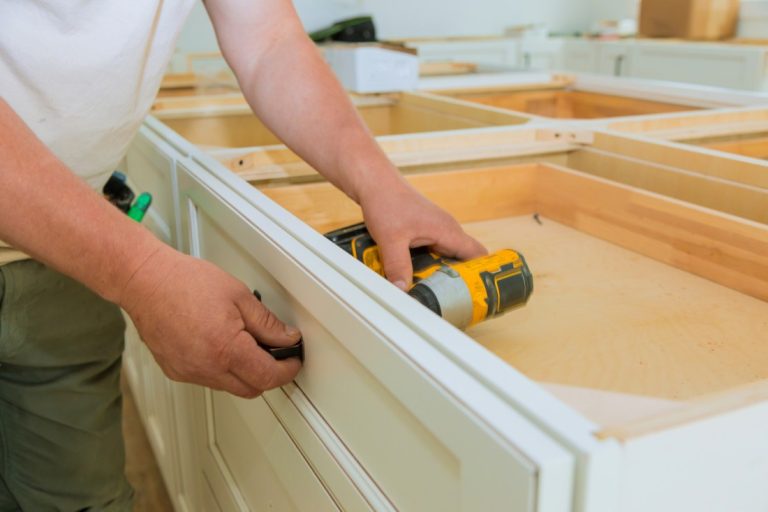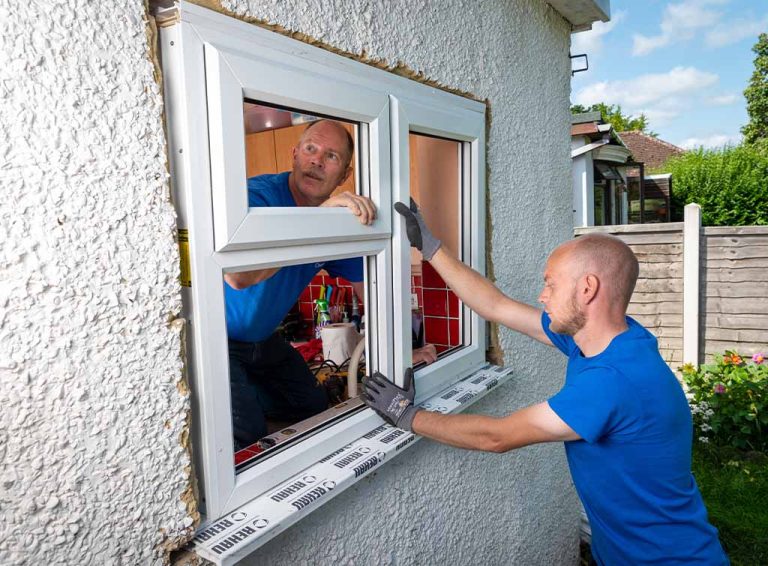5 Ways to Revitalize a Neglected Lawn
Weeds, bare spots, and overgrown grass may easily take over a neglected lawn, taking away from the aesthetic appeal of your outdoor area. However, you may revive and return your grass to its previous lush and healthy state with the appropriate tactics and a little work. This article examines five efficient methods for revitalizing a neglected lawn, including correct management practices and soil preparation.
Assess and Identify Issues
Assessing a neglected lawn’s current state and underlying problems is the first step in giving it new life. When you go around your lawn, search for indications of stress, such as barren areas, weed development, compacted soil, or irregular growth. These markers can show you where the grass could be having trouble because of bad drainage, low soil quality, or not enough sunshine. To determine the fertility state of the soil and any deficits in nitrogen, phosphorus, or potassium that require attention, test the soil’s pH and nutrient levels too. Early detection of these problems will help you focus your revitalization efforts and develop a tailored restoration strategy that will successfully address every facet of your lawn’s health.
Perform Thorough Lawn Cleanup
Do a thorough cleansing of your lawn to get rid of any garbage, weeds, and overgrown vegetation before moving on to rejuvenation. Clear any collected thatch, dead grass clippings, and falling leaves from the area, as these can smother the soil and impede normal development. To define the borders of the grass and give it a tidy appearance, trim overgrown edges around garden beds and paths. In addition to improving the appearance of your lawn, clearing out extra leaves and debris improves air circulation and light penetration into the soil, both of which are critical for healthy and strong grass growth. This also gets the area ready for other treatments.
Aerate Compacted Soil
Neglected lawns frequently have compacted soil, which prevents water penetration, nutrient absorption, and root development. For efficient soil aeration and compaction relief, use a core aerator or other aerating instrument. By making tiny holes in the lawn, aeration encourages healthy grass growth from the ground up by allowing nutrients, water, and air to get deeper into the root zone. To guarantee the most possible advantages, concentrate on compacted parts and high-traffic regions where soil compaction is most severe. Frequent aeration, ideally once a year or as needed, promotes a healthy grass that can resist a variety of environmental pressures.
Overseed and Fertilize
To increase the density of the lawn and fill up barren patches, overseeding is essential, especially in regions where neglect has left the grass cover scant. To ensure consistent growth, choose a high-quality grass seed blend that is appropriate for your environment and lawn circumstances. Make sure the blend matches the current grass type. Apply a balanced fertilizer with a greater phosphorus content prior to overseeding to encourage the root formation and early growth of new grass seedlings. To guarantee enough seed-to-soil contact, which is necessary for effective germination, equally distribute the grass seed over the prepared soil and gently rake it in. Until the grass takes root, which usually happens in two to three weeks, keep the freshly planted areas constantly wet.
Implement Proper Maintenance Practices
Maintaining a healthy lawn and averting more neglect is mostly dependent on regular upkeep, so it all depends on how committed you are; if you face a time shortage to maintain your lawn, a lawn care service is essential. Use the right mowing procedures by changing the mowing frequency according to growth rate and positioning your mower blade at the height advised for the type of grass you have. To reduce stress and promote the formation of deep roots, avoid chopping off more than one-third of the grass blade length at once. To limit evaporation losses and encourage robust root growth, water deeply and sparingly in the early morning. To maintain ideal soil moisture levels all year long, modify your watering plan under rainfall and seasonal circumstances. To keep weeds, bugs, and diseases from endangering the health of your lawn, keep an eye out for them regularly and take quick action to repair any problems that you find.
Conclusion
The benefits of having a lush, healthy lawn outweigh the time, work, and attention to detail required to revive a neglected lawn. You may turn your neglected lawn into a flourishing outdoor sanctuary by evaluating its state, cleaning it thoroughly, aerating compacted soil, fertilizing and overseeding it, and putting in place the right management procedures. Whether you’re beginning from scratch or renovating an old lawn, these five practical tips will help you create a stunning and hardy lawn that will improve the curb appeal of your house and offer a warm outdoor area for many years to come.






